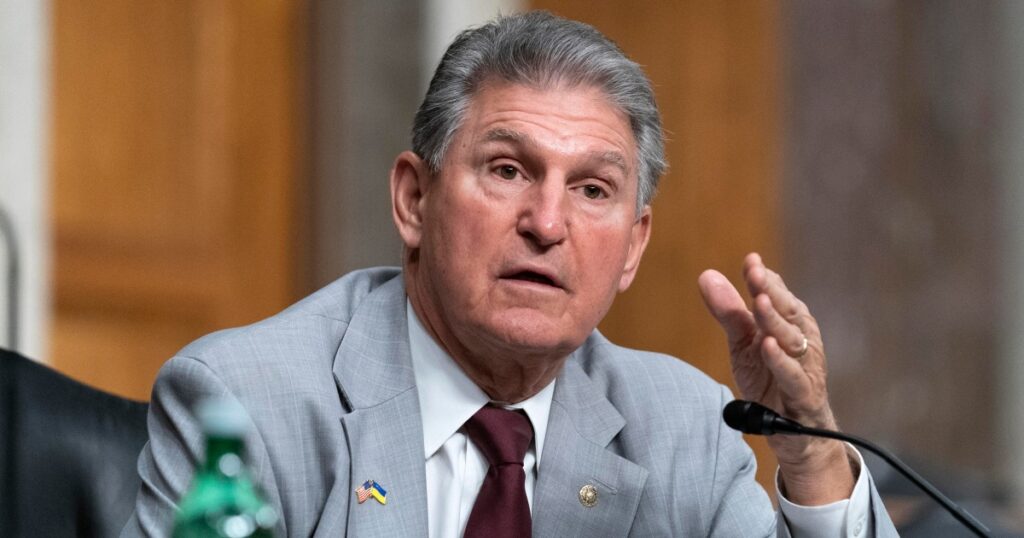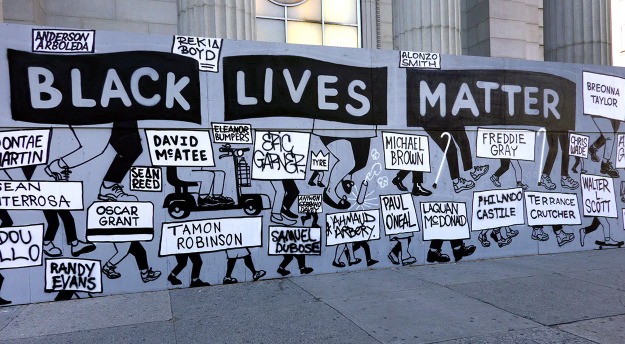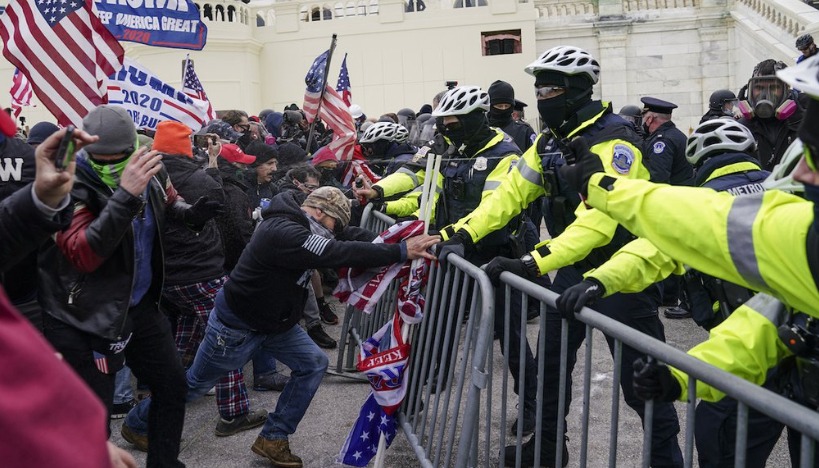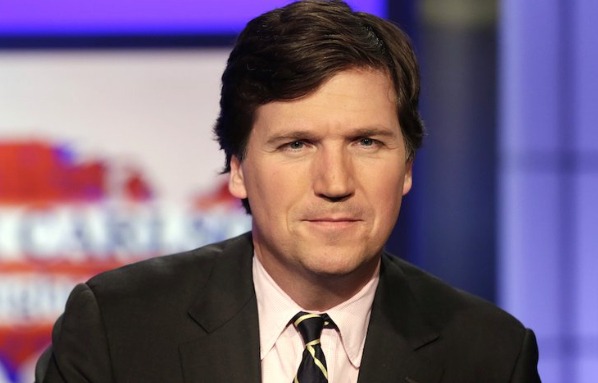Understanding the Debt Ceiling Fight 2011
The Debt Ceiling Fight of 2011 refers to a political and economic standoff that occurred in the United States regarding the country’s debt limit. The debt ceiling is a legal limit set by Congress on the amount of money the government can borrow to fund its operations and meet its financial obligations. In 2011, the United States reached its debt ceiling, and the government needed to raise it in order to continue borrowing money to pay its bills.
A Comprehensive Explanation of the Events
The debt ceiling fight in 2011 began when the United States reached its debt limit of $14.3 trillion. The government needed to raise the debt ceiling to avoid defaulting on its financial obligations, such as paying Social Security benefits, military salaries, and interest on the national debt. However, there was a political deadlock between the two major political parties, the Democrats and the Republicans, on how to address the issue.
The Republicans, who had gained control of the House of Representatives in the 2010 midterm elections, demanded significant spending cuts and fiscal reforms in exchange for raising the debt ceiling. They argued that the country’s growing debt was unsustainable and needed to be addressed through reduced government spending. On the other hand, the Democrats, led by President Barack Obama, insisted on a "clean" debt ceiling increase without any conditions attached.
As the deadline to raise the debt ceiling approached, the negotiations between the two parties became increasingly tense. Both sides were aware of the severe consequences of a default, which could lead to a downgrade of the country’s credit rating, higher borrowing costs, and a potential global financial crisis. Despite numerous rounds of negotiations and proposals, a compromise could not be reached until the last minute.
In the end, a deal was struck on August 2, 2011, just hours before the Treasury Department’s deadline to avoid default. The agreement, known as the Budget Control Act of 2011, raised the debt ceiling by $2.1 trillion in exchange for immediate spending cuts and the creation of a bipartisan committee to propose further deficit reduction measures. This compromise averted an immediate crisis but set the stage for future debates on fiscal policy and government spending.
In conclusion, the Debt Ceiling Fight of 2011 was a critical moment in the United States’ economic history. It highlighted the political divisions and ideological differences between the two major parties and the challenges of managing the country’s growing debt. The resolution of the standoff through a last-minute compromise demonstrated the importance of finding common ground and making difficult decisions to ensure the stability of the economy and the financial well-being of the nation.







